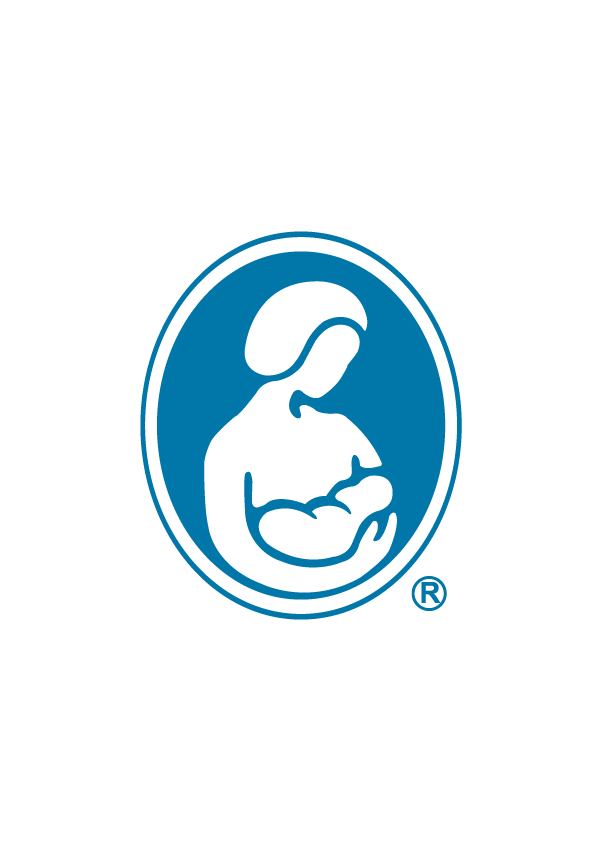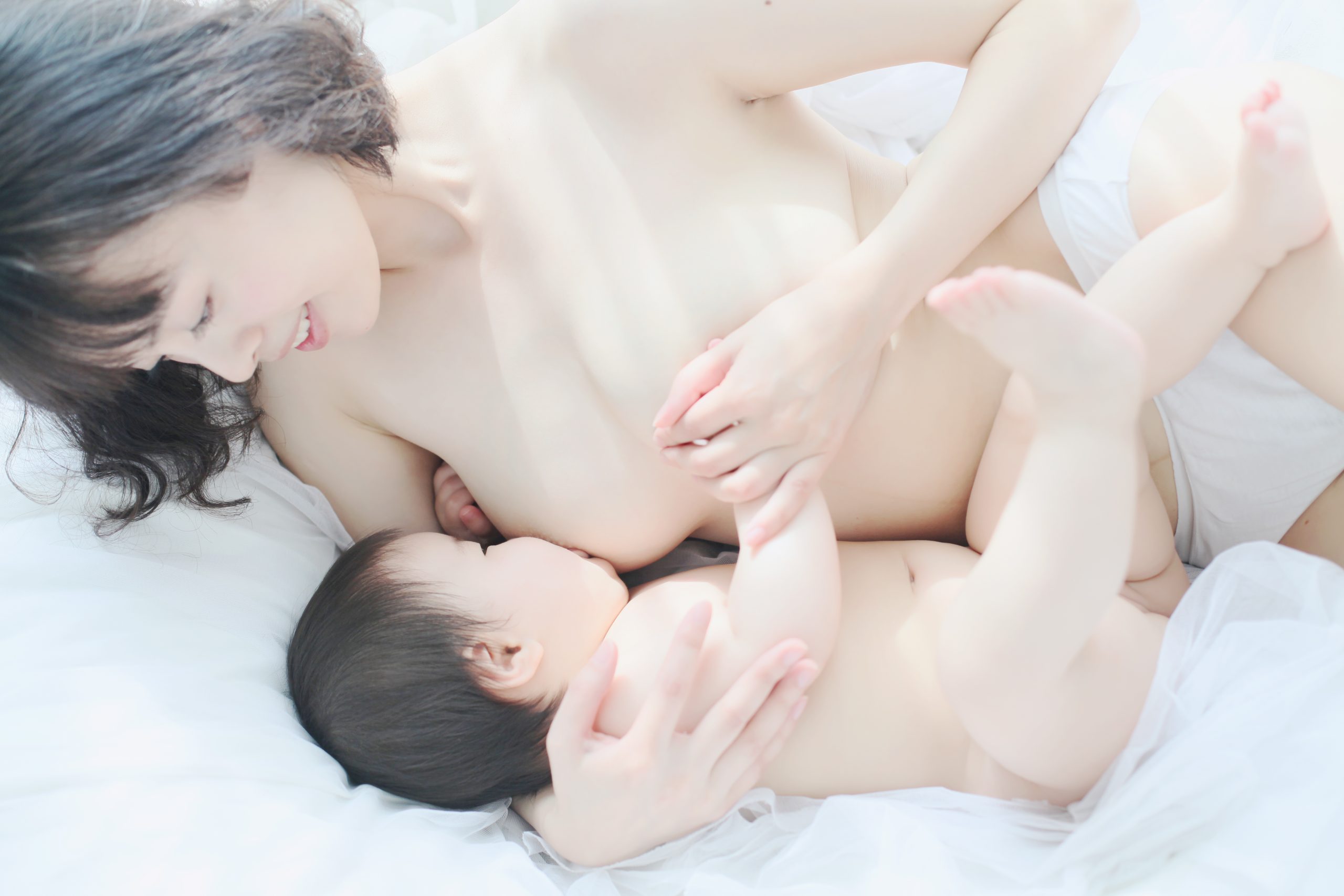Katherine A. Dettwyler, PhD
Texas A&M University
From: LEAVEN, Vol. 35 No. 2, April-May 1999, p. 29
Between the two factors, having been breastfed oneself and breastfeeding one‘‘s own children, one could reduce the risk of breast cancer by almost half. Now breast cancer strikes about one in eight women over the course of their lifetimes. If one could reduce the chances to one in 16, that would be worth doing, I would think.
有两个因素可以让乳腺癌的发病率降低一半,吃过母乳和哺乳过自己的孩子。当今大约八分之一的女性会在一生中患乳腺癌。我认为,如果这一比例下降至十六分之一,那么这就是值得去做的。
These studies do not promise anyone that they won‘‘t get breast cancer if they were breastfed and breastfeed their own children; they merely lower the risk by half. Chances are good that you won‘‘t get breast cancer no matter what you do – as seven out of eight women don‘‘t. You can play the odds, or you can change the way you live to reduce your risk.
这些研究不能保证那些吃过母乳和母乳喂养过自己孩子的人不患乳腺癌,但是它们能降低一半风险。很可能你怎样做都不会得乳腺癌-因为有八分之七的女性可以幸免。你可以赌一赌, 或者你可以改变生活方式来降低风险。
It is interesting to look at the steady rise in incidence of breast cancer over the last few decades in light of this new information. Let me use my own mother as an example. She was born in 1920, when almost all babies were still breastfed for several years; her mother breastfed her. Thus she got the first type of protection. By the time she started having children in the late 1940s and up to the mid 1950s, many women were not breastfeeding their children anymore (although my mother did). That means that there was an entire cohort of women who had been breastfed as infants, but did not breastfeed their own children. Thus they got the first type of protection, but not the second. As they aged, they were at greater risk for breast cancer than their mothers and grandmothers had been (because their mothers and grandmothers had had both types of protection).
鉴于这类新信息,我们有趣地发现在过去的几十年中乳腺癌的发病率稳步上升。我来举个我妈妈的例子。她生于1920年,那时候几乎所有的婴儿都吃好几年母乳,所以她妈妈也喂她。因此她得到了第一种保护。在她开始生育期间,即20世纪40年代后期到50年代中期,很多女性不再母乳喂养他们的孩子(但我妈妈仍然这样做)。这意味着这一整代人吃过母乳,却没有母乳喂养过自己的孩子。因此他们只得到了第一种保护,而未得到第二种。当她们年老的时候,患乳腺癌的风险就比她们的母亲和祖母们高得多(因为他们的母亲和祖母们得到了上述双重保护。)
Then you come to my generation, most of whom were born in the 1950s and 1960s and were not breastfed as children, so they missed out on the first type of protection. When they started to have babies in the 1970s and 1980s, many still did not breastfeed their own children, thus missing out on the second type of protection. As this cohort ages, those who were neither breastfed nor breastfed their own children are at even greater risk than their mothers bad been.
然后到了我们这一代,即生于20世纪50年代和60年代的人们,她们没有吃过母乳,所以失去了第一种保护。当她们在20世纪70、80年代生育时,许多人仍然没有哺喂她们的孩子,因此也错过了第二种保护。当这群人老了的时候,由于她们既没被哺喂母乳,也未亲自哺乳自己的小孩,所以比她们的母亲患病率更高。
Could it be that the steady erosion of these two sources of protection account for the steady rise in breast cancer incidence in the US over the past four decades? At the moment, this is just speculation based on the timing of the two processes. I hope I have given you more to think about.
这两类保护来源的缺失是否是导致美国近四十年来乳癌的上升呢?现在,这个结论只是基于这两个过程时间段的推测。希望引起大家的思考。
Freudenheim, J et al. Exposure to breastmilk in infancy and the risk of breast cancer. Epid 1994; 5:324-31.
Newcomb, PA et al. Lactation and a reduced risk of premenopausal breast cancer. New Eng J Med 1994; 330(2):81-87.
(解青译,Daisy、Shiuh-jane审稿)

